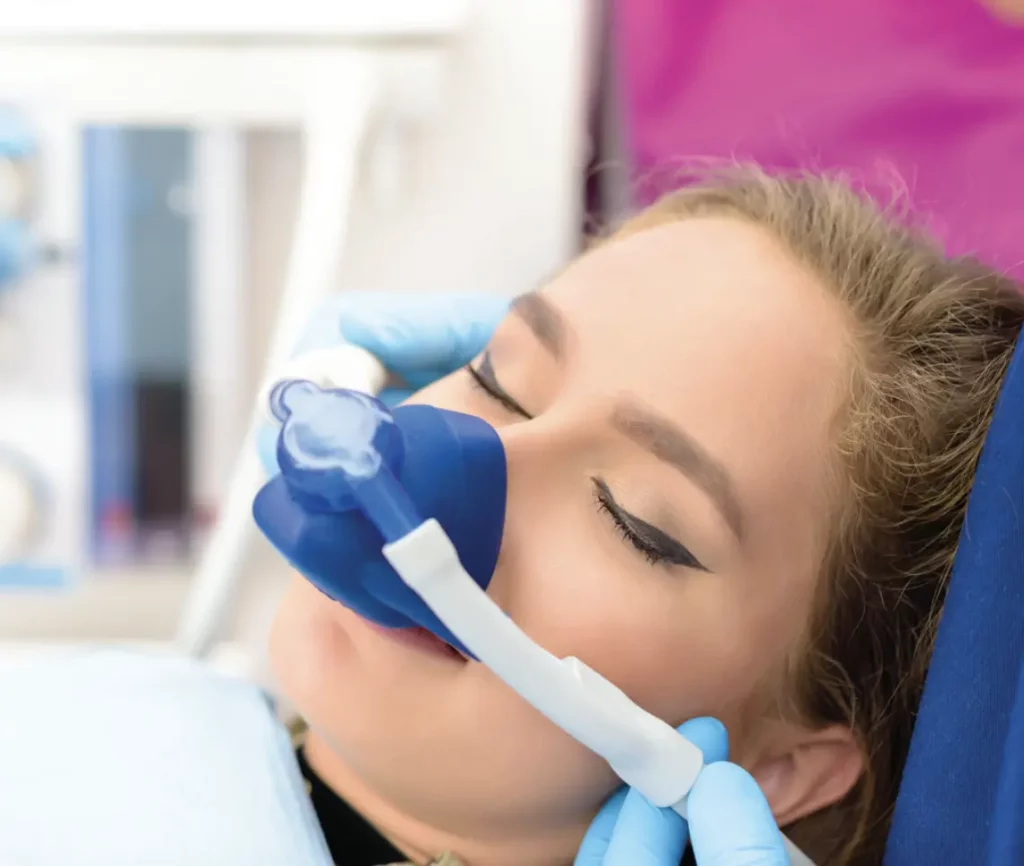Dentists use sedation to help relax their patients and reduce fear and pain during dental procedures. Sedatives can be administered before or during dental procedures, either orally or through inhalation or injection. Some sedatives may require preprocedural dietary restrictions and postprocedural observation.

What levels of sedation are used in dentistry?
The level of required sedation varies depending on the intensity of the procedure, the patient’s health and the level of anxiety felt by the patient.
• Minimal sedation is the method most often used in dentistry and usually involves oral medication. Patients are awake and able to breathe on their own and respond normally to verbal commands and tactile stimulation. A patient’s coordination and cognitive function may be slightly diminished.
• Moderate sedation is achieved by using medications that can be taken orally or intravenously. Patients who undergo moderate sedation are awake and respond to touch and/ or verbal commands. Cardiovascular function remains normal, and patients can breathe without assistance.
• Deep sedation can be achieved by injecting medication or giving oral medications. Patients who are deeply sedated are not easily awakened but may respond to strong stimulation. They may require breathing assistance at deeper levels, but cardiovascular function is not impaired.
• General anesthesia is used to produce a total loss of consciousness in which patients do not respond to stimulus and cannot be aroused. Patients usually require assistance breathing, and cardiovascular function can be impaired.
Although anesthesia always carries some risk, it is generally safe when given by a dentist who is qualified to administer it.
What kinds of medications are used?
A wide variety of drugs are used for dental sedation. Your dentist may prescribe an oral sedative, such as diazepam, that you take before your appointment. For intravenous sedation, a dentist may use propofol, methohexital, midazolam or combinations of these drugs with narcotics. Nitrous oxide may be used along with sedatives in all levels of sedation.
Is sedation safe?
Although anesthesia always carries some risk, it is generally safe when given by a dentist who is qualified to administer it. Some people, such as those who have asthma, sleep apnea or obesity, may be more at risk for complications from anesthesia. Vital signs should be monitored during the procedure
© COPYRIGHT 2019 BY THE ACADEMY OF GENERAL DENTISTRY. ALL RIGHTS RESERVED.